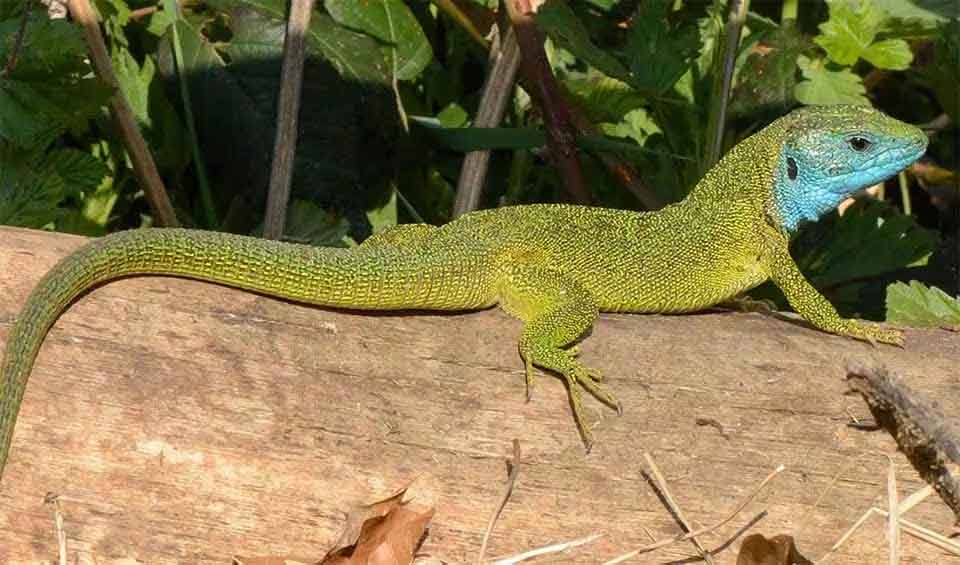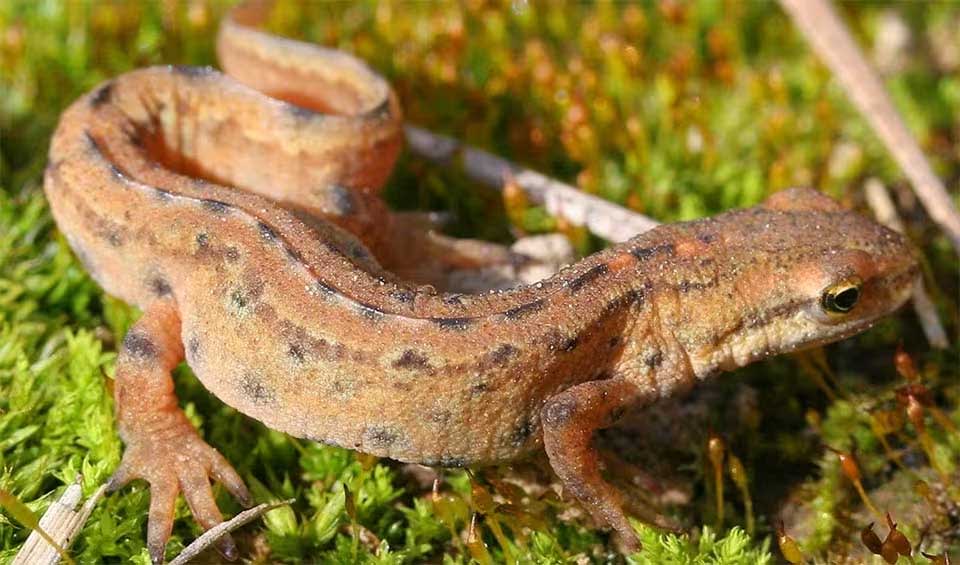North Macedonia, a small country in the Balkans, is renowned for its rich biodiversity and diverse natural landscapes. Its terrain includes lush forests, crystal-clear lakes, and towering mountains, creating ideal habitats for a wide array of flora and fauna. The country’s landscapes form a picturesque mosaic featuring small agricultural fields, ancient dry stone walls, hedges, rough pastures, and flowering meadows.
Meandering streams, tranquil ponds, and mixed forests add further to the ecological diversity, offering sanctuaries for numerous wildlife species. This varied environment supports everything from rare plants to a variety of bird species, making North Macedonia a vital refuge for biodiversity in southeastern Europe.
Four pillars elaborated:
Approximately 9% of the country is designated as protected areas, comprising 86 sites. These include one strict nature reserve, two national parks, nine nature monuments, one nature park, and one multipurpose area. The rest of the protected areas are yet to be reclassified according to the new categorization guidelines from the IUCN, as stipulated in the Law on Nature Protection. Management bodies have been assigned to 13 of these areas, and a few have developed detailed management plans. Land Management
Land Management
Internationally significant areas have been recognized, including important bird areas, important plant areas, prime butterfly areas, and key biodiversity areas. Two sites, Prespa and Dojran Lakes, are recognized as wetlands of international importance (Ramsar sites), and the Ohrid region has been declared a world natural and cultural heritage site. Additionally, Prespa Park was collaboratively established by Macedonia, Albania, and Greece.
Economic growth in many regions has often relied on the unsustainable exploitation of natural resources such as water and minerals, leading to significant habitat destruction and changes. Both ongoing and halted urban developments pose threats to some of the remaining priority habitats in lowland areas. Additionally, changes in rural populations due to economic shifts—resulting in depopulation in some areas and intensified agricultural production in others—also endanger various habitats. Threats to Biodiversity
Threats to Biodiversity
Forest fires have been a major factor in altering habitats, with a significant area of land, particularly oak forests and shrublands rich in diversity, being destroyed between 2003 and 2013. Nearly all rivers face significant pressures from human activities, including the construction of reservoirs. Other challenges include the global economic and financial crises, poverty, unsustainable hunting and fishing practices, unregulated collection of wild plants and fungi, and illegal logging. Poaching is widespread, often involving indiscriminate methods.
North Macedonia has implemented various conservation measures to protect its unique biodiversity. These include establishing protected areas such as national parks, nature reserves, and wildlife sanctuaries to conserve important habitats and species. Additionally, the country has created National Red Lists to assess the extinction risks of native species and prioritize conservation actions. These lists help identify the most vulnerable species, guiding efforts to ensure their preservation. By participating in international agreements like the Convention on Biological Diversity, North Macedonia commits to global conservation standards. Protected areas are essential in these efforts, providing legal safeguards against environmentally harmful activities and maintaining ecological balance. Capacity and Governance
Capacity and Governance
North Macedonia’s current National Biodiversity Strategy and Action Plan (NBSAP) spans from 2018 to 2023, and efforts are underway to develop a new and enhanced NBSAP for the coming years. The aim of the updated plan is to enhance biodiversity conservation through an increased area of national protected territories and improved management practices. It will also focus on the restoration of degraded ecosystems and the sustainable use of natural resources. Future Trends
Future Trends
The vision for 2050 is for North Macedonia’s biodiversity to be valued, conserved, restored, and sustainably used, thereby maintaining ecosystem services and enhancing human well-being, in alignment with the goals of the Convention on Biological Diversity (CBD). The development of this new NBSAP is a collaborative venture, involving diverse stakeholders including government bodies, NGOs, academia, and the private sector, coordinated by the Ministry of Environment and Physical Planning with support from international entities like UNEP and IUCN.
Biodiversity
North Macedonia’s diverse ecosystems host an impressive array of iconic species that underscore its rich biodiversity. Among the notable animal species are the Balkan lynx, a critically endangered cat that is one of Europe’s most elusive mammals. The country also supports populations of brown bears and wolves, which roam its extensive forested landscapes. In the realm of avians, North Macedonia is home to the majestic golden eagle and the imperiled Egyptian vulture, both of which are significant for birdwatching enthusiasts.In addition to these charismatic megafauna, the region is rich in unique plant life, including the Macedonian pine and various species of orchids that are not only beautiful but also ecologically significant. These species, along with many others, play crucial roles in their respective habitats and contribute to the ecological complexity and natural heritage of North Macedonia.
In the table below are the number of known species in several main groups, how many of these species are Threatened with extinction, and how many of them are Endemic (unique to North Macedonia only):
| Species (World rank) |
Threatened | % Threatened | Endemic | % Endemic | |
|---|---|---|---|---|---|
| Mammals | 82 (#138) | 6 | 7.3% | ||
| Birds | 318 (#115) | 12 | 3.8% | ||
| Reptiles | 34 (#138) | 2 | 5.9% | ||
| Amphibians | 13 (#127) | 9 | 69.2% | ||
| Fishes | 56 (#200) | 11 | 19.6% | ||
| Plants | 3,001 (#115) | 4 | 0.1% | 116 | 3.9% |
mammals
Brown bear
The second largest bear, right after the polar bear. Sadly, it well might top the list soon
European mole
A tiny creature that dwells below the surface in a complex system of tunnels and burrows
Marbled polecat
Delayed implantation enables them to time the birth for favorable conditions, such as when foods are abundant
birds
Cinereous vulture
Largest soaring vulture in the sky with extremely broad wings that assists an important role in nature as “clean-up” team
Peregrine falcon
At the speed of over 321 km/h (200 mph), this bird outraces a Formula1 car
Redwing
In Iceland, its arrival is eagerly awaited as it signifies the end of the harsh winter
reptiles
European green lizard
Usually green, but its color can change a bit depending on where it lives and what it’s doing
Viviparous lizard
One of the few reptiles that can not only lay eggs but also give birth to live young
Grass snake
One of the most common reptile of the European wetlands
amphibians
Common frog
It is one of the most widespread and familiar amphibians in Europe
Smooth newt
They have the ability to regenerate lost limbs and other body parts, a superpower in the animal kingdom!
European tree frog
Symbol of environmental health as they are sensitive to changes in environmental conditions, particularly pollution levels
National Animals
Lion
Tufted-tailed Simba in the plight
Demoiselle crane
The smallest of all the crane species and is known for its elegance and grace


















